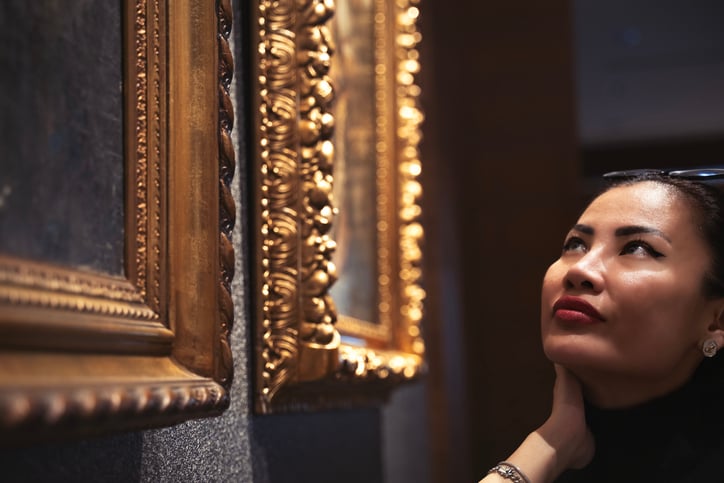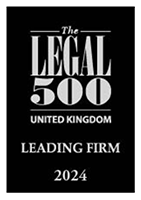
Dividing art collections during divorce can be complex both financially and emotionally. Lucy Theobald, Divorce and Finance Director shares key guidance for protecting valuable pieces during separation.
The South West of England has long been a haven for artists, with its unique light and inspiring landscapes attracting creatives for centuries. From the historic art colonies of Newlyn and St Ives to the vibrant cultural scenes in cities like Bristol and Exeter, the region boasts a rich artistic heritage. According to Art UK, the South West’s distinctive environment has drawn hundreds of artists to live and work in the area, contributing to an important collection of artworks.
Given this deep-rooted artistic presence, it’s not uncommon for individuals in the South West to possess valuable art collections. Art can be more than just a financial asset, it can represent identity, memory, and meaning. But during divorce, those layers of value can become sources of conflict.
At The Family Law Company, we regularly support clients whose collections include artwork, antiques, and jewellery. Whether you’re an avid collector or have just a few meaningful pieces, this article outlines the key legal considerations when dividing art during a divorce.
Disclose everything — Even if it feels personal
One of the most important legal obligations during divorce is full and frank financial disclosure. Any personal belongings including artwork and jewellery, that are valued over £500, must be declared as part of financial remedy proceedings.
Complication – Undervaluing or failing to disclose an item because it feels sentimental or “not that important.” This can damage trust and harm your case.
Guidance – Provide supporting documentation such as appraisals, insurance certificates, or receipts where possible. Transparency from the outset helps avoid complications later on.
Understand what counts as Marital Property
Not all art or jewellery will be considered marital property. If you owned a piece before the marriage, inherited it, or received it as a gift, it may be classed as non-matrimonial but this isn’t always clear-cut.
If a painting inherited from a grandparent has hung in the family home for years, or if a piece was restored or significantly increased in value during the marriage, a court may consider it part of the marital pot.
Complication: Assuming something is protected just because it was acquired before the relationship started.
Guidance: Keep accurate records. Documents confirming how and when an item was acquired can help establish its status in any settlement.
Get a professional valuation
Art is notoriously difficult to value — trends shift, provenance matters, and emotional value can cloud judgement. It’s not uncommon for each party to instruct their own expert and arrive at very different figures.
Complication: Relying on guesswork or informal estimates.
Guidance: Instruct an independent professional valuer, ideally one both parties can agree on. A joint valuation can prevent disputes and ease negotiations.
Consider emotional attachment in a practical way
Dividing artwork often isn’t just about money. Many clients feel a strong personal connection to certain pieces such as a wedding gift or a family heirloom.
Complication: Allowing emotion to override reason, which can prolong proceedings or damage goodwill.
Guidance: Consider using mediation or collaborative law to work through emotionally sensitive decisions. A respectful, non-adversarial environment often leads to more sustainable and quicker agreements.
Plan ahead! Especially with pre-owned or inherited art
Entering a relationship with a valuable collection? A prenuptial or postnuptial agreement can help define how such items will be treated if the relationship ends.
Complication Believing assets are automatically protected without an agreement in place.
Guidance: Take legal advice early. Properly drafted agreements are increasingly upheld by the courts and provide peace of mind for both parties.
Art is deeply personal and when relationships change, it can be hard to separate emotional value from financial worth. But with clear legal guidance, it’s possible to protect what matters and reach a fair, respectful outcome.
If you’re concerned about your art collections and divorce, we’re here to listen, think, and act in your best interests. Get in touch to speak with our specialist family lawyers.
Need some advice? Get in touch today
"*" indicates required fields
The information submitted here is used and stored for the purpose of replying to the enquiry. For more information on how we process data please visit our Privacy Policy.










